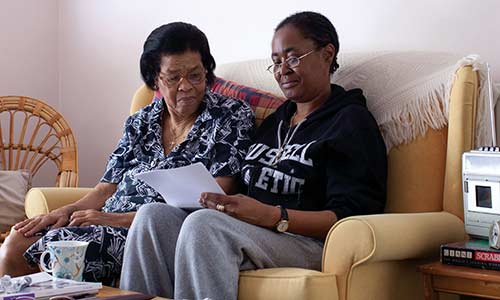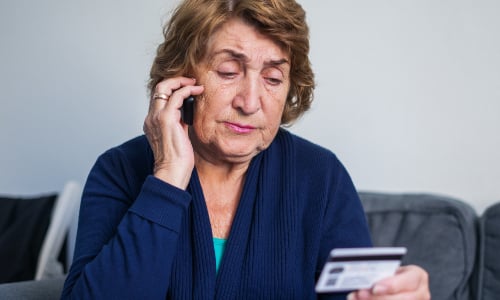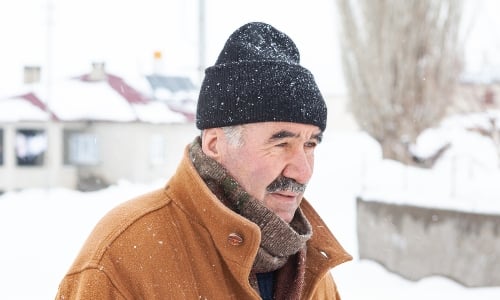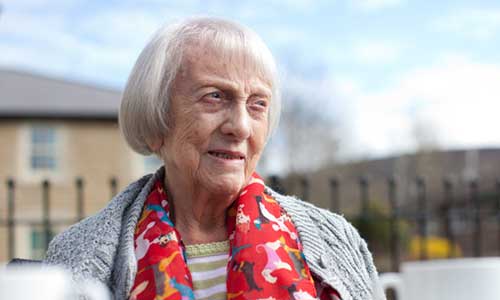We know that safe and accessible housing promotes health, wellbeing, and independence and prevents unnecessary injuries, accidents, and deaths. But for many older people, carers and professionals, finding information about different aspects of home safety and accident prevention can mean trawling through numerous websites to find what they need.
That's why Age UK, the Royal Society for the Prevention of Accidents (RoSPA) and National Trading Standards Scams Team are supporting a new website designed to promote and draw together online resources on home safety. This includes fire, electrical and gas safety, falls prevention, scams and how to respond to medical emergencies. The Stay Safe website encourages expert organisations to contribute material to make it easier for older people to find what they're looking for or perhaps consider issues they hadn't previously identified.
Cost of unsafe homes
For many older people an accident or injury at home can be a traumatic and life-changing experience and in some cases it can result in loss of life. According to the new RoSPA national strategy, the highest rates of accidents among older people are falls, where trip hazards can be contributing factor. RoSPA found that in 2016-17 there were 316,669 hospital admissions in England alone of people aged 65+ due to a fall. Age UK found that 4,984 people aged 65 or over died from a fall in 2016. Falls can mean older people spending long periods in hospital, who are then unable to return home without suitable adaptations and support. According to the Building Research Establishment (BRE) the impact of non-decent housing on health costs the NHS around £1.4bn every year.
Preventing accidents
Many falls and accidents in the home could be prevented through simple measures such as grab rails, better lighting, and level surfaces. Home Improvement Agencies (HIAs) and local handy person schemes, have a vital and cost-effective role in helping older people to tackle safety issues. Despite this, many of these services are overstretched or have experienced cuts.
Over 70 local Age UKs offer a handyperson service working with agencies, such as local fire services, to improve home safety – this includes the fitting of smoke alarms, carbon monoxide detectors and grab rails. However, the cost of carrying out improvements can be a barrier to some forms of remedial work.
For example, an Electrical Safety First report found that only 39% of 60+ couple households have all five electrical safety features (all PVC wiring, a residual current device, a modern consumer unit, all modern earthing and a miniature circuit breaker). Many older people with dated electrical wiring cannot afford to have the work carried out, regardless of the fire risk, or are unaware of the problem in the absence of a safety check.
Ideally, older households need more advice and assistance from their local authority working with HIAs to help them find ways of delivering and funding basic safety improvements, which would at the same time reduce pressure on the NHS.
Further information
Despite the difficulties, online information provided by the Stay Safe website can help older people and carers identify where they can find information and assistance. Age UK produces its own home safety information as well as advice on fire prevention, gas safety and electrical safety.
So do please use the website and these tools, and help you or your friends and relatives stay safe!
Author
This blog was written by Joe Oldman, Housing and Transport Policy Manager, at Age UK.








